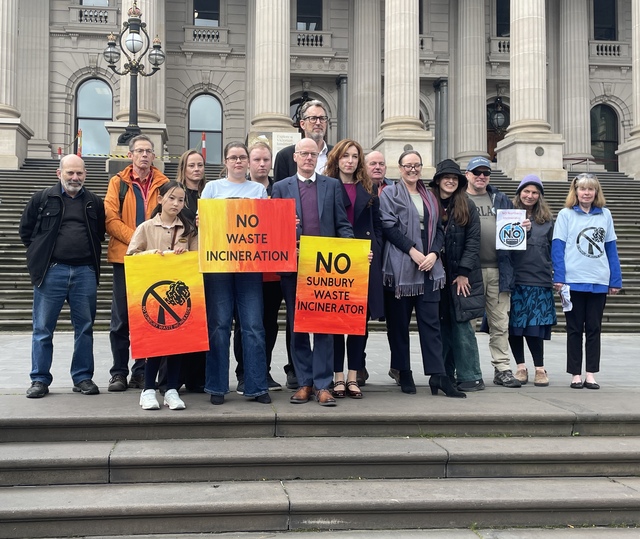Dangerous overhead power lines at Whittlesea will go underground or be insulated to prevent them sparking bushfires.
A federally funded program will replace hundreds of low voltage, bare-wire private power lines in bushfire-prone areas, including Whittlesea.
The $750 million program stems from the Bushfire Royal Commission, which recommended the progressive replacement of all 22-kilovolt distribution feeders, either with aerial bundled cable or underground lines.
The 10-year program began rolling out in 2011 and has so far replaced 165 private power lines around Victoria.
Energy and Resources Minister Lily D’Ambrosio was in Church Street, Whittlesea, last week to announce that the municipality is one of 16 regional local government areas targeted for the latest round of funding.
Ms D’Ambrosio said two property owners, one in Kinglake West, the other in Mernda, had already taken advantage of the government grant and had their power lines replaced before Christmas.
Seven properties are in the process of having theirs replaced also, with work expected to wrap up before July. Another four properties are in various stages of the application process.
“This represents about 3.5 kilometres of bare-wire power line being removed in the Whittlesea area, making Whittlesea and the surrounding communities safer,” Ms D’Ambrosio said.
“This will be a fantastic outcome of this government initiative for the local community, to ensure that the risks posed by those privately-owned power lines are removed forever.”
The program also funds the installation of back-up diesel generators in residential aged-care and mental health facilities. Two aged-care centres in Whittlesea have been invited to apply for funding.
Whittlesea Lodge moved quickly to take up the federal government’s offer and had a back-up generator installed last October.
State Fire Services Commissioner Craig Lapsley has been working with government departments and power companies to determine country areas’ most bushfire-prone spots.
Landowners eligible for the funding must engage a contractor, secure the supplies and get the relevant local planning approvals.






